After dealing with the sampling of the ASI224MC, here is a second article that talks about an essential accessory: the IR-cut filter.
Digital cameras, whether they use CCD or CMOS chips are highly sensitive in the near infrared. This wavelength domain, that the human eye can not see, is very interesting for planetary imaging, but there is one situation where we absolutely don’t want it: when we use a color camera.
Color is not a subjective notion: it is due to the physical properties of the observed objects, to their capacity to absorb or reflect some wavelengths more than others. Its perception depends on the human eye, this why it can make sense only in relation to the wavelengths that this eye can see. For this reason alone, we must use an IR-cut filter with a color camera, otherwise the wavelengths that the camera will record will differ from that of our eye. And for a correct reproduction of the original colors of any objects, both must meet.
That said, what are in concrete the effects of the infrared on a color planetary image if it’s present? I have made a comparison on Mars, that is currently well visible. Mars is interesting there because this is a planet whose albedo is very important in the near IR. Differences are self-speaking…
The big difference in colors are immediately visible. The colors obtained with the IR-cut filter are largely coherent with those I have seen at the eyepiece: an orange planet with warm hues. The view without any filter presents a much colder pink tint. What allows me to conclude that the left image’s colors are correct? The clue here can be found on the water vapour clouds of Mars: while they are not prominent because this is the season (late northern summer) when they are becoming to get rare, they are still more visible on the IR-cut image, and close to their normal color that should be white (the planet is too low in my sky to pretend to a better result).
The middle image taken without any filter looks almost monochrome, and the rare perceptible clouds are almost as pink as the deserts. If we split the RGB component we understand why:
With the IR-cut filter, the differences between the color components are important, especially between red and blue: these albedo differences are the reason why they translate into colors to the eye. Without filter, we are seeing almost exactly the same details with the same albedos! In particular, the dark markings of the ground are still perfectly visible on the “blue” component, which is completely abnormal. This comparison, along with the IR740 image above, helps us understand that without an IR-cut filter, a “color” camera is not producing “color” images but infrared images polluted with visible light… this absence of albedo differenciation also shows that it would be vain to try to fix the problem while adjusting the color balance!
Finally, we can notice that the resolution of the image taken without the IR-cut filter is slightly lower. This is logical as the optical resolution is lower than in visible light. A supplementary reason to use it!
On the next article: the use of the atmospheric dispersion corrector :)

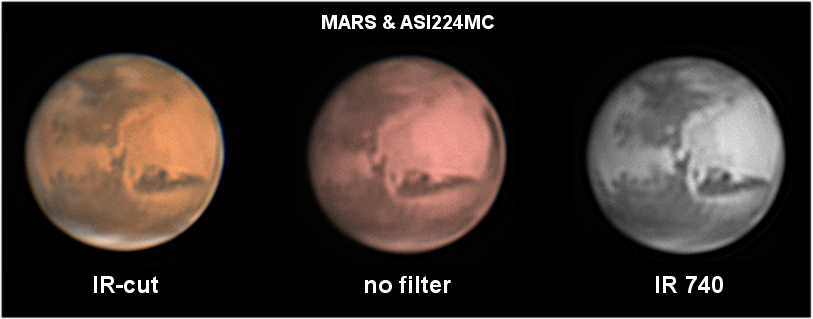
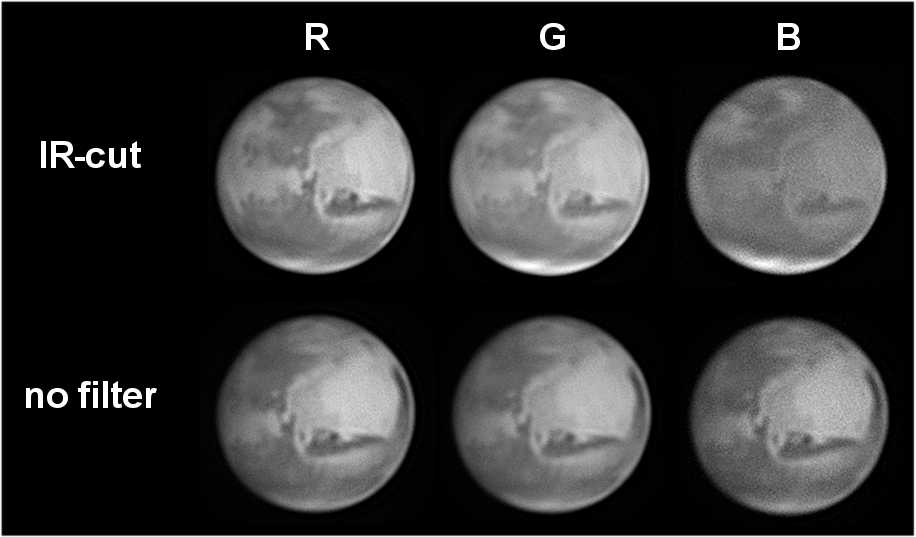
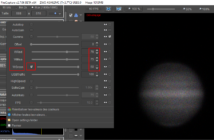
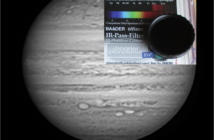
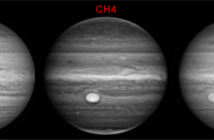
14 Comments
Hi J.Tapioles, sorry for the delay in answer :(
Most IR-cut filters will fit this camera, with the exception of the Astronomik L3 (but L2 is perfect).
Which filter works best in planetary astrophotography with ASI462MC camera.
This camera does not come with an ir-iv filter, so I will have to buy a suitable one to use in that camera with my 16 “F 4.5 telescope.
What would be the most appropriate considering that it is a 16 “?
Greetings.
J.Tapioles
Hello Jane,
I have never used any polarizer filter so I can’t comment by experience. However I would think that the use of color filters is alreaday a good trick in itself…
Hi Christophe,
Would it be possible to use a variable polarizer filter with a color filter to increase contrast and bring out more details when observing the planets and the moon?
And if so would you be able to elaborate on this topic on your website.
Thank You
Hi, this is the one I have:
http://www.astronomik.com/de/uv-und-ir-block-filter/l-filter.html?___store=de
But there are many others. Baaders or ZWO are selling similar filters…
Hi, Which filter are you talking about so i can consider buying one please,
Thanks
Hi Johan, no matter the diameter of the telescope, the logical of settings is always the same : fastest fps possible, with slightly high gain, in regard with the histogram that must be filled toward the upper (right limit) if possible (under-exposure must be avoided), but not to the point that frames would be lost (use ROI). For Mars I’m at 5 ms (10 would be ok as well, but the planet is very low so I prefer 5), gain around 350 (this can change a lot depending on other parameters such as sampling (mine is too high, see my preceding article), sky transparency…), 2/3 mn of video (2 to 3 videos to be derotated).
Thanks for these articles, they are a great read as an owner of an ASI224MC.
What capture settings do you use for this camera? On a C8 (with a ZWO IR-Cut filter) I’m getting very little details and it’d be nice to eliminate bad software setting on my part. I realize you have a bugger scope, but knowing what gain and exposure (and perhaps white balance settings) you use would be great.
Objective and clear, as always, dear Christophe ! In fact, my Baader L (UV/IR Cut) filter is attached to the 224 “as default” LoL. Thanks for sharing
Thank you for this exaustive espalnation!
Thanks Avani! Yes, I think I will make an article about the use outside the visible. But before there will be one about ADC, and another one about color rendition, I think…
Hello Almir, for planetary imaging so-called “L” filters give in practice identical resultats to “IR-UV block” filters..
Great article! Clarifies perfectly logical foundations of the subject.
I always use a filter Astronomik L in my color photos with ASI 224, as we know, an L filter, automatically also already is a UV-IR cut, in the case specifically that the Astronomik.
I also have an L filter called an “open” that captures a good portion of the IR and could prove in practice that their arguments are correct.
Fortunately this high sensitivity that some color sensors have the IR can also be used to make great photos in that particular spectrum band without also having a monochrome camera.
I would like to see an article of yours on this subject, ie, the use of color cameras to take photographs in the regions outside the RGB.
A hug, keep the excellent level.
Hi there!
Using it as a “L” filter for some time now (by your recommendation…), even as Astronomik L filter declares an IR cut as part of its design, an IR/UV cut filter gave better results with the 224C, imho.